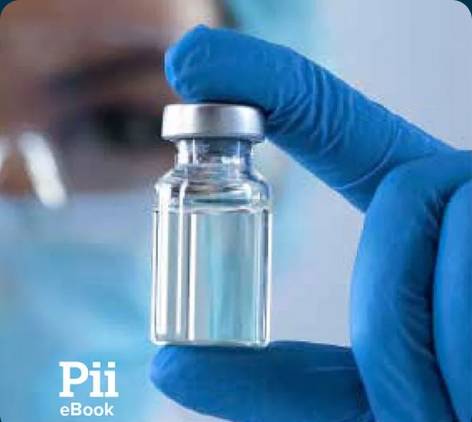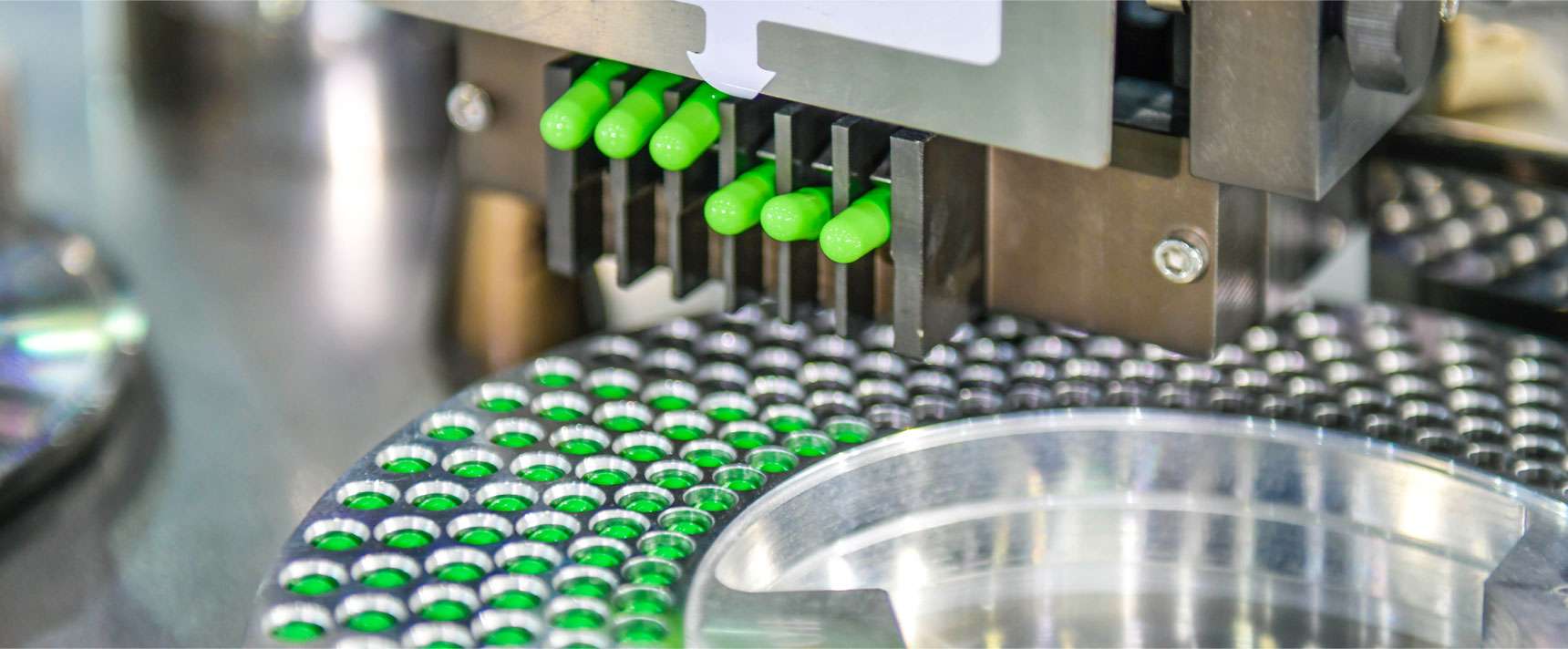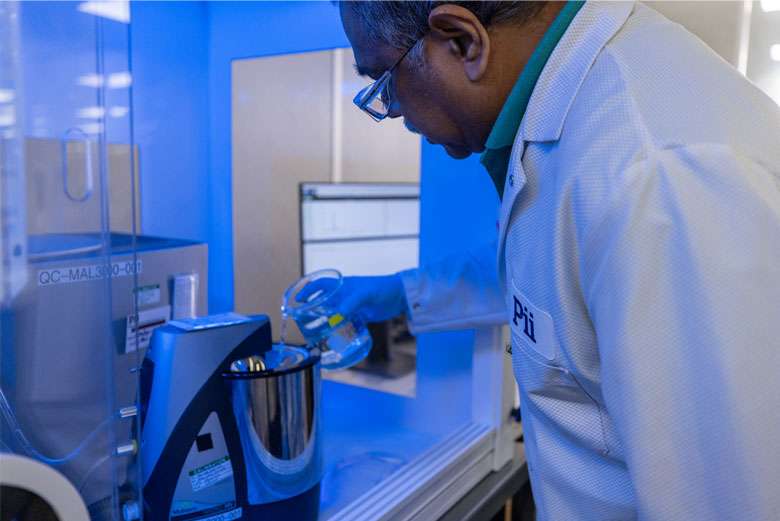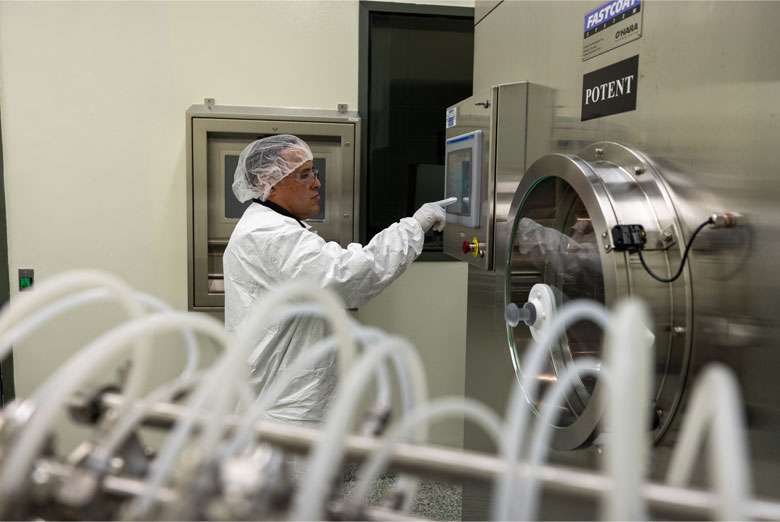Contact Us
- Solutions
- Resources
- About
- Contact Us
close
Optional callout banner for highlighted news or events
Learn More
Lorem ipsum dolor sit amet, consectetur adipiscing elit. Fusce varius venenatis imperdiet. Cras quis nunc pellentesque, finibus nunc ac, euismod sem.

Benefits include:
Benefits include:


The process starts with tech transfer. Look for a CDMO that brings: